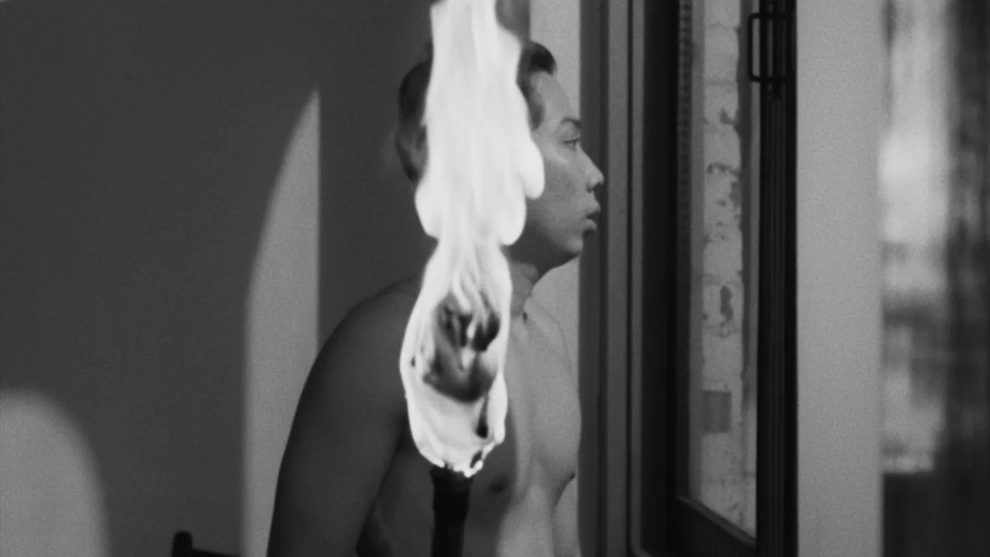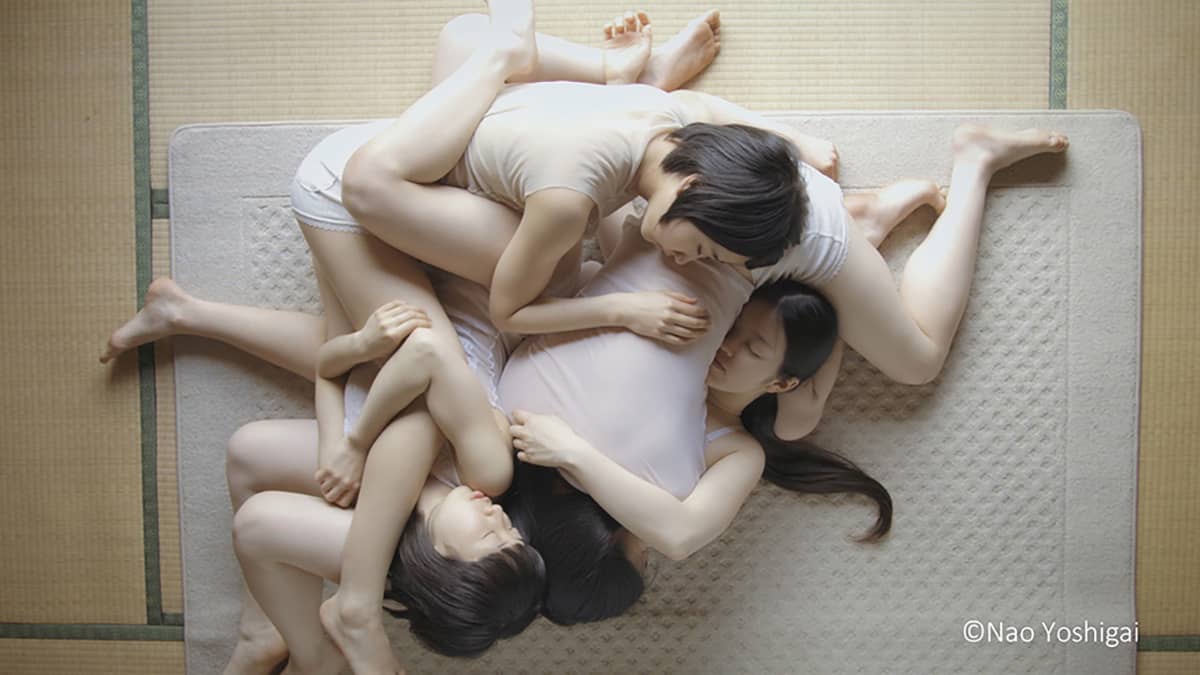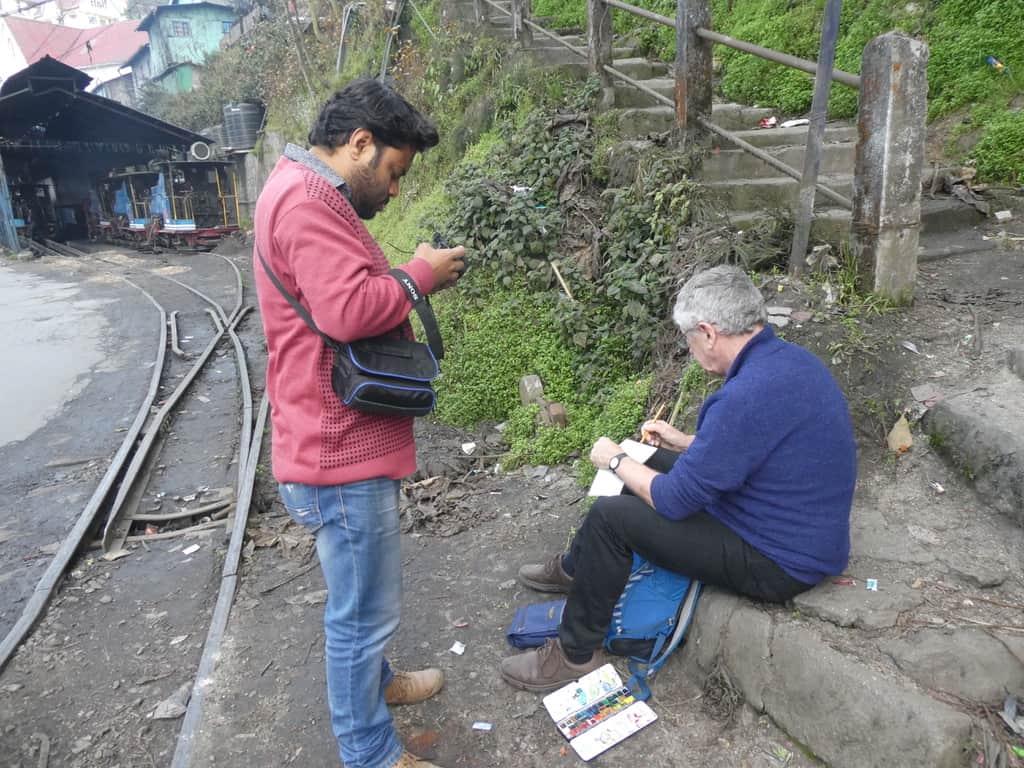Lin Htet Aung (1998, Myanmar) is a self-taught filmmaker and time-based media artist, whose short films have screened in a number of festivals around the world. “Once Upon a Time There Was a Mom” is an experimental short in black-and-white which intermingles the the Buddhist story “Vessantara Jātaka”, the history of Myanmar and what is actually portrayed on screen.
Once Upon a Time There Was a Mom is screening at International Film Festival Rotterdam

A number of images that seem to portray a myth lead to the actual, aforementioned story, which is presented through text on a black screen. The actual film begins with an older man sitting at a table with a younger one, who seems to be his son. He is eating, and there seems to be some tension, mostly communicated through the music. The older man opens the window and an intense wind starts blowing things. Then a woman is lying on the floor, presumably the man's wife. At the same time, the music from a piano communicates a sense of hilarity. A younger man is shown lying on his bed next, while news of intense earthquakes are heard through the news, with their magnitude essentially setting the time the story takes place, in 1954. The next scenes take place outside, where some monks are leaving a building. The young man asks what is going on, and the answer he gets refers to a rape, with the dialogues present on black screen, in silent movie style.
The last woman who goes out of the building seems to have a particular impact on the young man, who follows her and peaks on her near a decrepit building. The two begin to talk and even lean on each other's lap after a while, with the young man telling her that she looks like his mom, and that is what attracted him to her. The next scenes take place inside the house with two men, while a rock that breaks a mirror is the most intense moment in the whole movie. The next sequences happen inside the Rock Lotus Hotel where the young man and the woman end up sleeping together. He gets naked but she does not, and the sex scene follows the surrealistic premises of the movie.

Evidently, one has to know some things about the particular myth and Myanmar's history in order to fully understand the symbolisms, and essentially the context of the 29-minute short. At the same time though, the movie is quite strong and captivating, even for the viewer who does not exactly understand what is happening. The story of a dysfunctional family and even more the love story between a man and a woman who looks like his mother are intriguing, with the second in particular giving an oedipal connotation to the narrative, while exploring love and sensualism through an experimental, unique approach.
Furthermore, the movie is also artful cinematically, with silent movie of the past aesthetics working quite well for its abstract nature. At the same time, the sequences with the impact of the wind, the broken mirror, the woman lying on the floor, the tools on the wall, the voyeuristic, and the sex sequence, are all rather memorable, additionally highlighting the excellent job by Ku Ki in the cinematography and Khon Tha in the production design. The moment the woman looks at the camera, essentially breaking the fourth wall, concludes the impressive job done in the visuals, while cementing the fact that the imagery here is part of the narrative.
Truth be told, some explanation about the meanings of the images would definitely benefit the movie, as it would allow the viewer to understand it more thoroughly, but even without that, the artfulness here is enough to deem “Once Upon a Time There Was a Mom” a movie worth watching, particularly for fans of experimental cinema.















